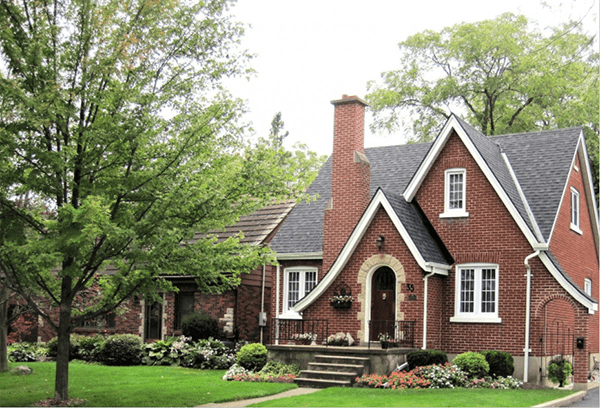Setting the Purchase Price of a Home
July 30, 2017 by Marty Orefice | Contracts, Financing, Rent to Own

The price is the most important thing to negotiate when you're buying a home. The seller wants the home to sell the home for as much as possible, and they buyer wants to purchase the home for as little as possible.
When you're renting to own, the end goals are still the same; however, there are a handful of other important things to negotiate too – like the length of the contract, the option fee, rent payments and rent credits.
The more things there are to negotiate, the more room there is for compromise; however, both parties want the compromises to tilt in their favor. Typically, the compromises split pretty evenly. One person gets the better deal for the extra stuff (i.e. the length of contract option fee, rent payments and rent credits) and the other person gets their desired price point.
It's important that both the buyer and the seller understand the methods through which you can set the price.
Methods for Setting the Price
There are two methods you can use to set the purchase price of a rent to own home: appraising when the house is sold and using a fixed price.
A Fixed Price
A fixed price means that the seller and the buyer state in the contract how much the buyer will pay should he or she choose to purchase the home.
Which means you will need to speculate based on price, and that could go either way for both of you.
In this method, the buyer and seller should consult with a mortgage broker to come up with a fair estimate of what the house will be worth.
At that point, the seller could negotiate a higher price in exchange for better lease terms and vice versa.
As a buyer, you might feel you're getting a great purchase price, but within the three years of your contract, the market might dip. Your good deal might end up a bad one.
In that case, you can renegotiate, walk away from the purchase or take the loss and pay the overpriced amount. None of these options are in your favor
The same holds true for the seller. You may negotiate what seems like a generous amount of money for your home. However, if the market rises exponentially throughout the lease term you could lose a great deal of money on the home.
Unless the price you estimate ends up as the exact market value, someone is going to get a bad deal and the other person is going to get a good deal.
There's an additional upside to this method for the buyer. If you, the buyer set the purchase price at the time you sign the contract, and the value of the home increases, then you've built equity in the home. The equity you've built might even help you negotiate a better mortgage deal.
Appraising When The Home is Sold
When you appraise when you purchase, you're basically kicking the can down the line. It's a beneficial deal for the seller and the buyer for a few reasons.
- You're both getting a fair price.
- You can focus on negotiating the terms of the lease at the beginning of the contract and then the purchase price is a different negotiation.
The only real downsides are for the buyer. As the buyer, when you negotiate at the end of the contract, you have a lot of money built up in the seller's hands. The seller has your option fee and any rent credits you've accumulated from premium payments.
Therefore, the seller has leverage against the buyer. The buyer is encouraged to purchase the home because of all the money he or she would lose by opting to not purchase the home.
To safeguard against that, the buyer could insist that the contract specifies that a third party appraiser will set the price of the home.
Incremental Price Increases
This is a scenario in which the purchase price the buyer must pay for the home increases every year by a set percentage. Here's an example:
At the time the lease-option is signed, the home is worth $100,000. You and the seller agree to a 5 percent incremental purchase price increase each year.
If you purchase the property within one year of signing the lease term, you'll pay $105,000 for the home. The buyer could purchase the home for $110,250 after two years or $115,762 after three years, and so on and so forth.
This strategy a form of compensation for the seller for holding the property off the market. It's also highly beneficial for the seller because the profit they can make from the property increases every year, regardless of market conditions. However, if the market isn't appreciating at that speed or, worse, if the market is taking a downturn, the buyer could be left with a highly overpriced property. More so, when properties are highly overpriced it becomes improbable to secure conventional financing.
Final Decisions
In sum, appraising when you sell the home is the best deal for both parties. A fixed price could be a good or bad deal for both parties; however, the buyer gets a slightly better deal. Additionally, when you increase the price as you go, it's a much better deal for sellers because the market could crash, but the price would remain inflated.
